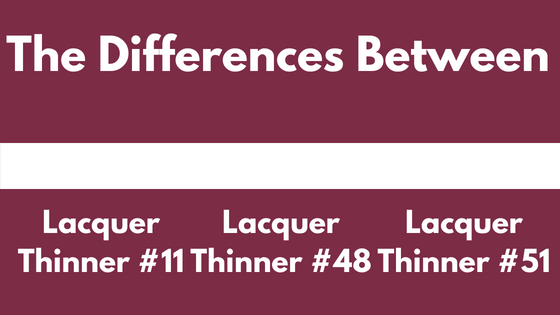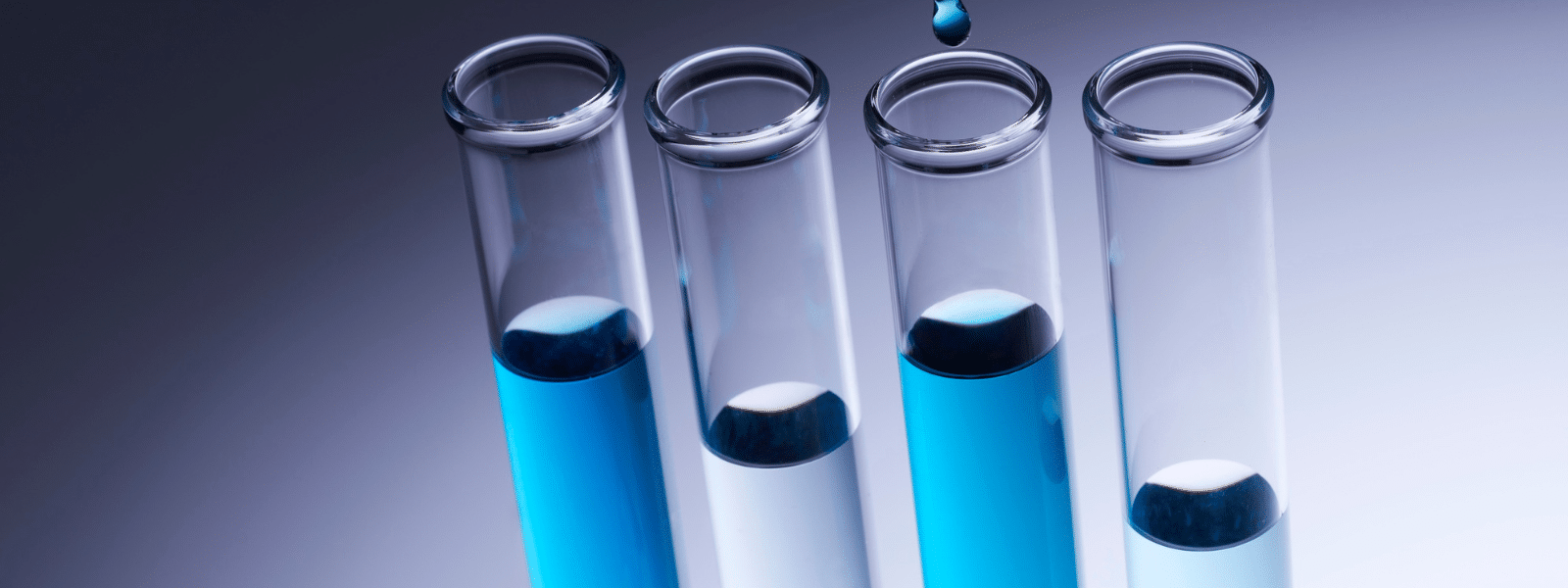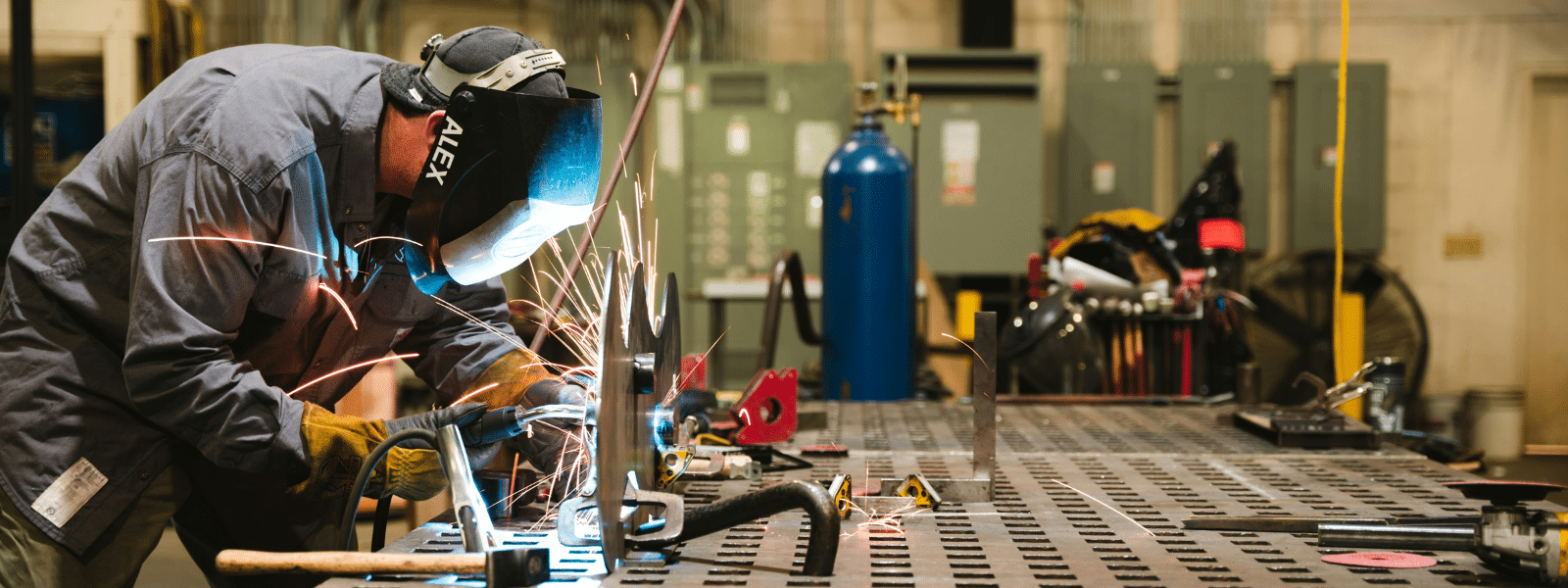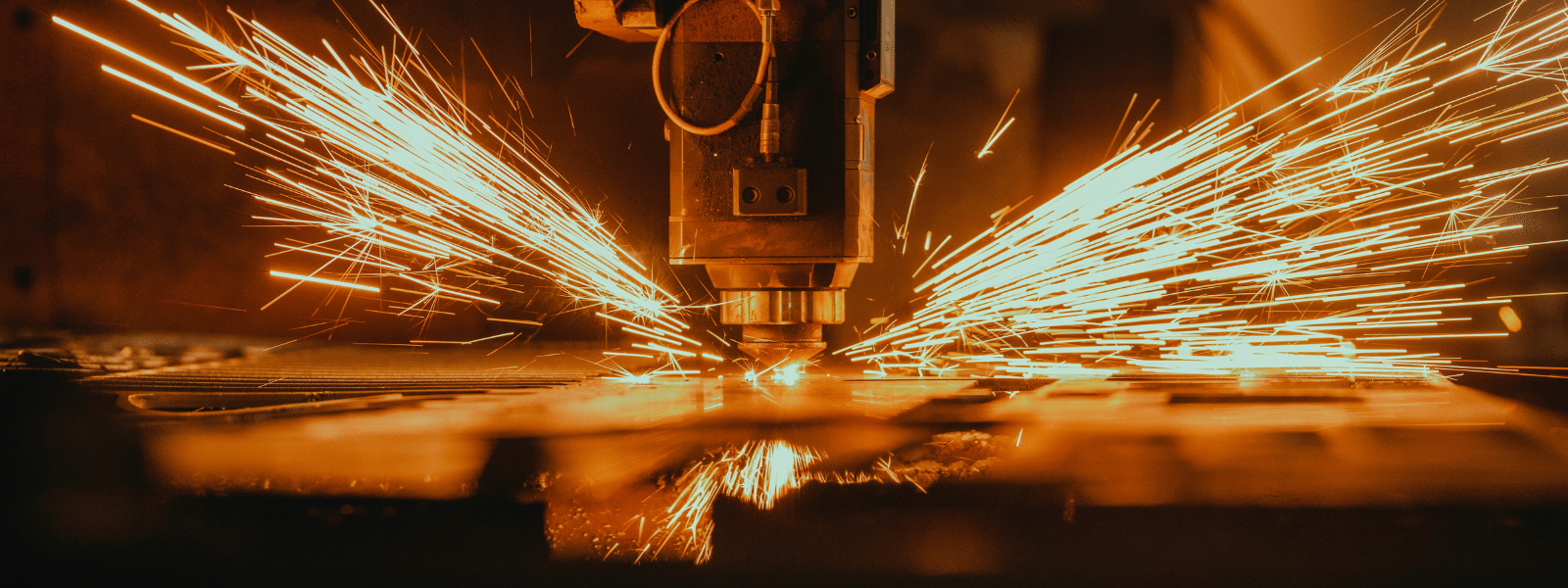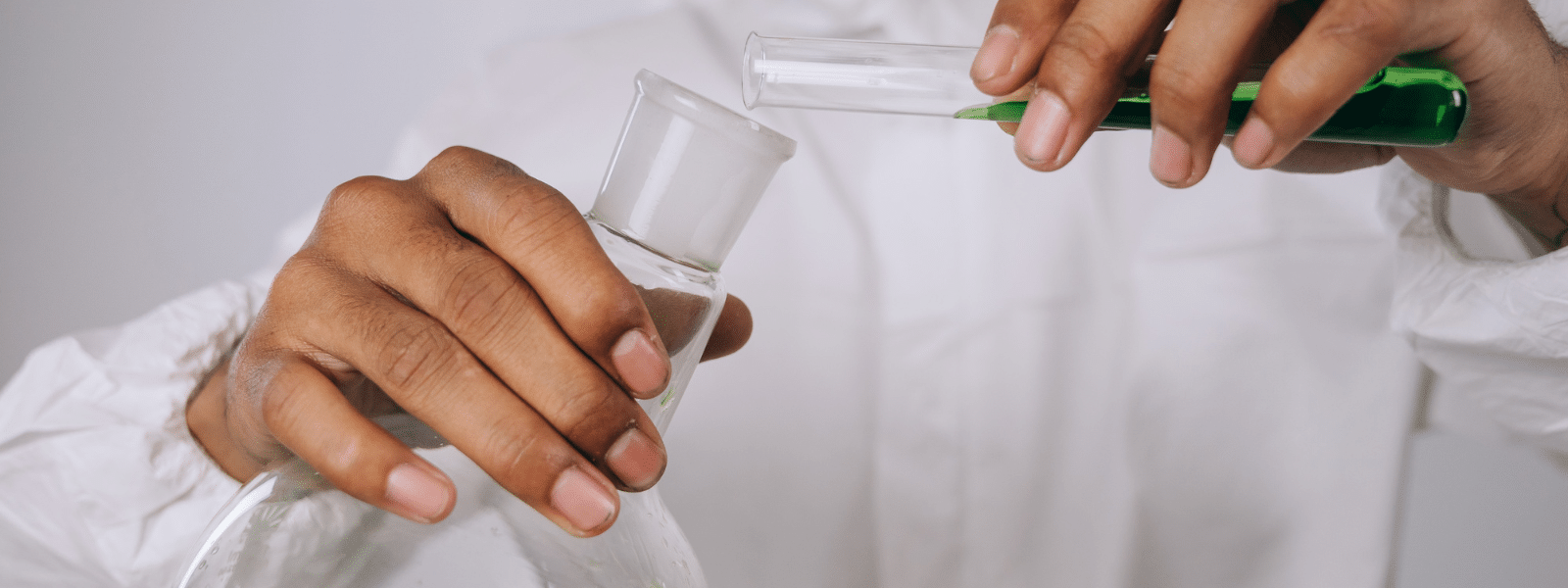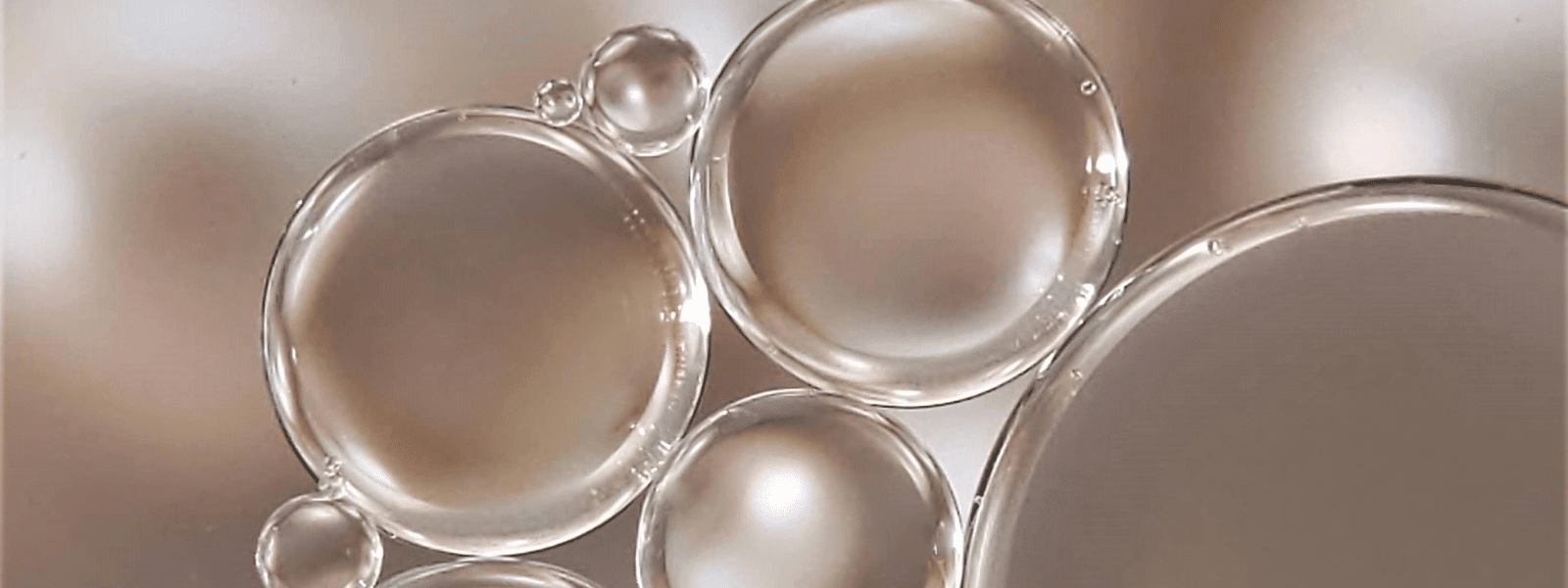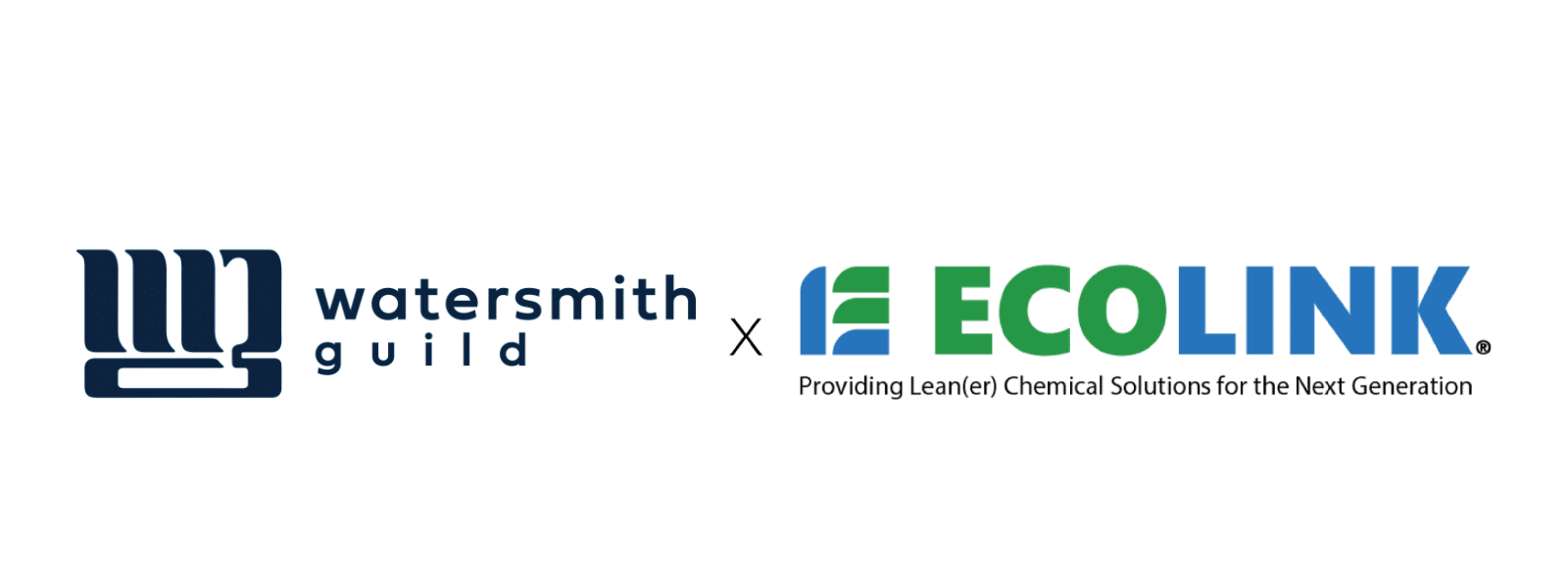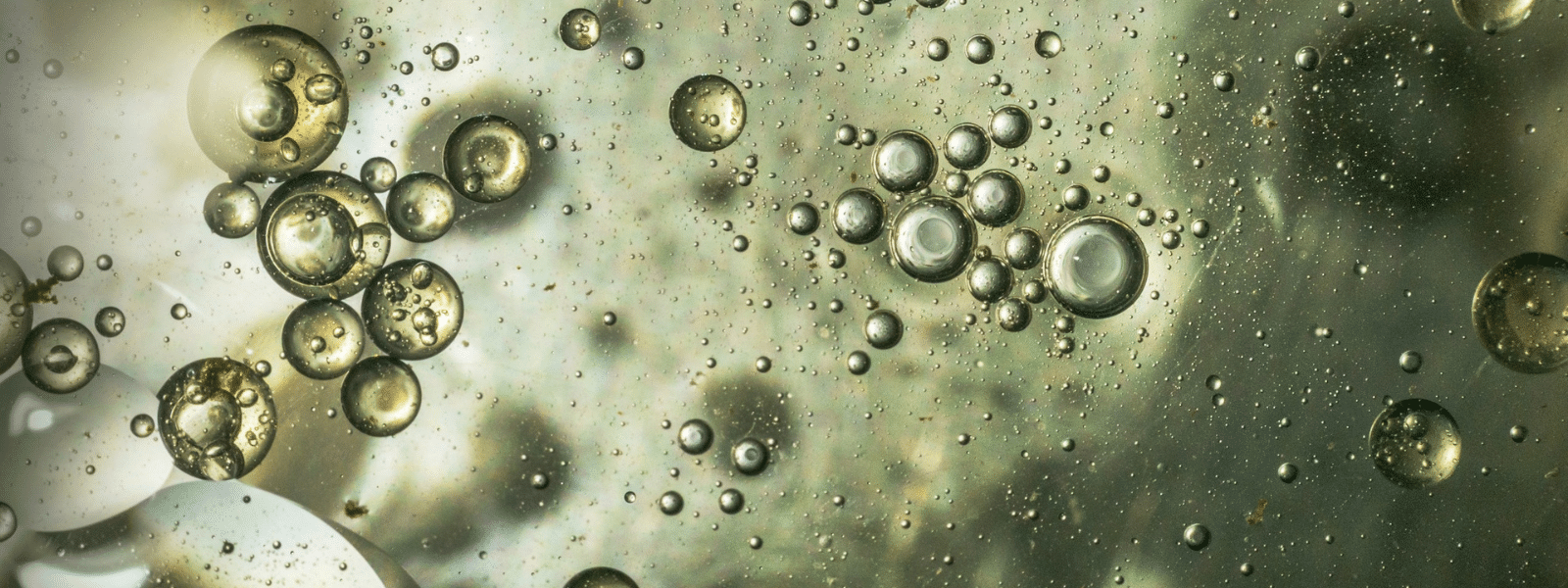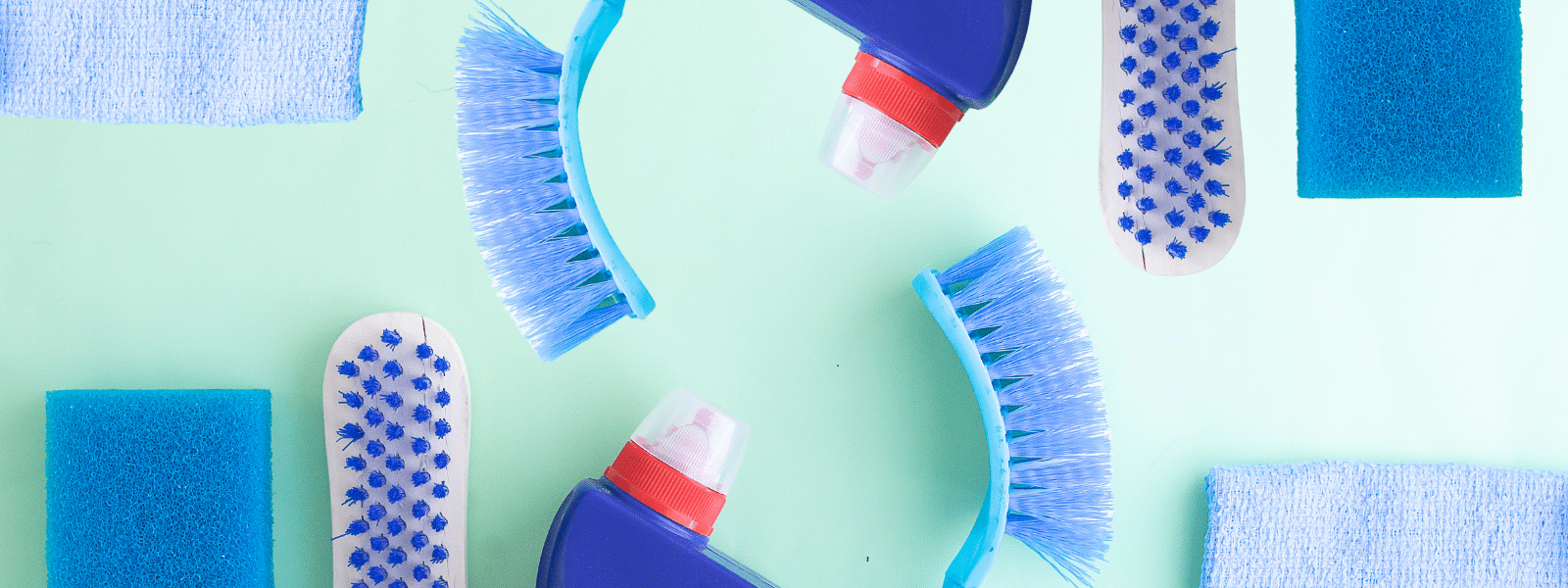Lacquer #11 is comprised of Toluene, Methanol, and Acetone, while Lacquer #51’s components are Toluene, Acetone, Methanol, and 2-Butoxyethanol, and Lacquer #48 is made up of Toluene, acetone, MEK, and 2-Butoxyethanol.
These lacquer thinners share many qualities, but key distinctions show that they have differing effects and applications.
Lacquer thinner 48 and 51 both contain Glycol EB or 2-butoxyethanol, which is a good ingredient because it is also found in many lacquers.
This ingredient allows Lacquer thinners 48 and 51 to connect well with lacquer-based paints for easy thinning and removal.
All three lacquer thinners feature some type of methyl etyhl alcohol. Lacquer thinner 48 and Lacquer thinner 11 have methanol, and Lacquer thinner 51 has MEK.
This is because methanol or methyl ethyl alcohol is present in most hydrocarbons. These Lacquer thinners have low VOC content.
Common Applications
Lacquer thinners are a mixture of solvents that are typically used to dissolve plastic and resins in most modern lacquers.
Lacquer thinner is primarily used to thin lacquer-based paints. Its thinning quality makes lacquer thinner a strong cleaning agent to use when cleaning painting equipment–such as spray guns–after using lacquer based paint.
Lacquer thinner increases the flow of lacquer in lacquer-based paints. This quality allows lacquer thinner to effectively clean surfaces where lacquer-based paints were used.
Lacquer thinner is fast evaporating which enables it to dry fast and leave a streak-free finish.
A smooth and glossy finish cannot be achieved if lacquer thinner is added all at once, because it will start to run and drip.
Lacquer thinner can also be used to remove adhesive residue from many surfaces, and to remove ink from metal.
Lacquer thinner is not the same as paint thinner.
It is too caustic for oil paints, whereas paint thinner is comprised of mineral spirits that are typically used to thin oil-based paints.
Lacquer thinner is hotter than paint thinner, and if often a superior cleaner than mineral spirits.
Safety and Handling
Lacquer thinner is toxic and highly flammable. It is harmful if inhaled. Proper safety should always be practiced when using lacquer thinner or any toxic chemicals, especially for home use.
- Lacquer thinner is harmful if swallowed or inhaled.
- Lacquer thinner causes skin irritation.
- May cause drowsiness or dizziness.
- Causes eye irritation.
- Should be kept away from any heat sources.
- Avoid breathing dust, fumes, gas, spray, or vapors.
Purchase Lacquer Thinner Online Here or call today for more information (800)563-1305.






